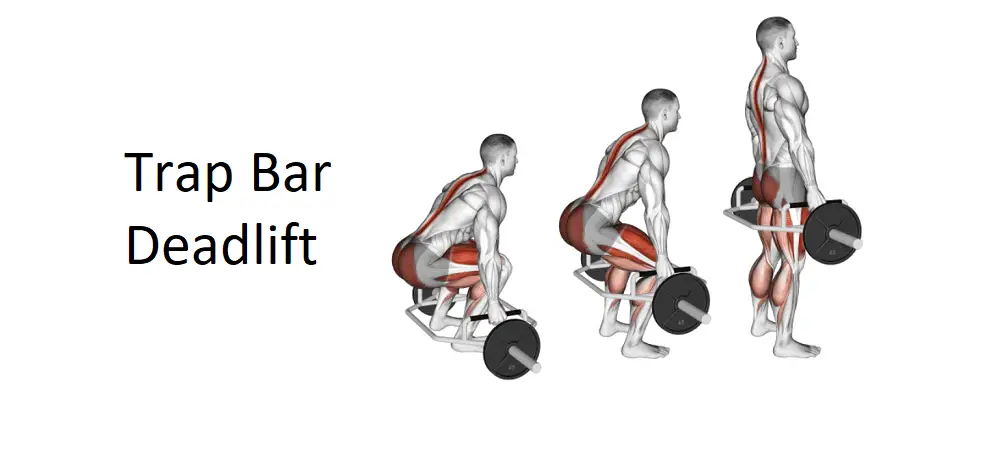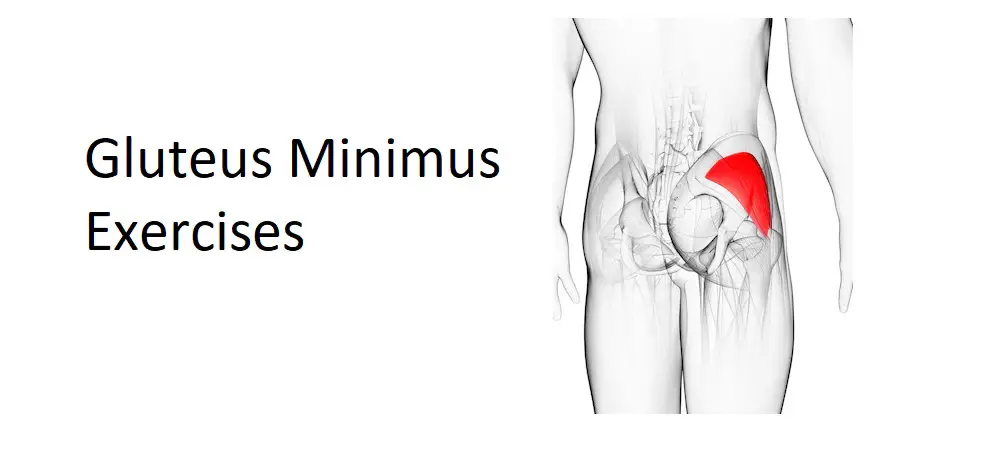Table of Contents
Introduction to Cable Alternating Front Raise
The Cable Alternating Front Raise is an effective shoulder exercise that targets the anterior deltoids, helping to build strength and improve shoulder definition. This exercise involves lifting a cable handle alternately with each arm, promoting balanced muscle development and enhancing coordination. By using a cable machine, the exercise provides continuous tension throughout the movement, leading to greater muscle activation compared to free weights. Whether you’re looking to add variety to your shoulder workout or focus on unilateral strength, the Cable Alternating Front Raise is a valuable addition to your fitness routine. This guide will cover the benefits, proper technique, and tips for performing the Cable Alternating Front Raise effectively.
Instructions for Cable Alternating Front Raise
Here are detailed instructions for performing the Cable Alternating Front Raise:
- Setup:
- Attach two handles to the low pulleys of a cable machine.
- Stand between the pulleys, holding a handle in each hand with an overhand grip (palms facing down).
- Starting Position:
- Stand with your feet shoulder-width apart for stability.
- Let your arms hang down in front of you, with a slight bend in your elbows to reduce strain on the joints.
- Engage your core, keep your back straight, and maintain a slight bend in your knees.
- Execution:
- Inhale and brace your core.
- Exhale as you lift the handle in your right hand straight in front of you to shoulder height. Keep your arm straight but not locked, maintaining a slight bend in your elbow.
- As you lower the right handle back to the starting position, simultaneously begin lifting the handle in your left hand in the same manner.
- Continue alternating lifts, focusing on controlled, smooth movements.
- Form Tips:
- Keep your movements controlled and avoid using momentum to lift the handles.
- Ensure your shoulders stay level and do not shrug during the exercise.
- Maintain a neutral wrist position, avoiding excessive bending or twisting.
- Engage your core to stabilize your torso and prevent any swaying or leaning.
- Repetitions:
- Perform 10-15 repetitions per arm, aiming for 2-3 sets depending on your fitness level and goals.
Additional Tips:
- Weight Selection: Start with a light weight to master the form and gradually increase the resistance as you become more comfortable with the movement.
- Breathing: Inhale as you lower the handle and exhale as you lift it, maintaining a steady breathing rhythm throughout the exercise.
- Focus: Concentrate on using your shoulder muscles to lift the handles rather than relying on your back or traps.
Common Mistakes to Avoid:
- Using Too Much Weight: Lifting too heavy can lead to poor form and increase the risk of injury.
- Swinging the Body: Use controlled movements and avoid swinging your body to lift the handles.
- Shrugging Shoulders: Keep your shoulders down and back to prevent engaging your traps excessively.
By following these instructions, you can effectively perform the Cable Alternating Front Raise, enhancing your shoulder strength and definition while promoting balanced muscle development.
Benefits
The Cable Alternating Front Raise offers numerous benefits, making it a valuable addition to your shoulder workout routine. Here are some key advantages:
- Targeted Muscle Activation:
- This exercise primarily targets the anterior deltoids (front shoulder muscles), helping to isolate and strengthen them effectively.
- Balanced Development:
- Alternating the lift between arms ensures balanced muscle development, reducing the risk of strength imbalances between the left and right shoulders.
- Continuous Tension:
- Using a cable machine provides continuous tension throughout the entire range of motion, leading to greater muscle activation compared to free weights.
- Improved Shoulder Stability:
- Strengthening the anterior deltoids and surrounding muscles contributes to better shoulder stability, which is crucial for overall shoulder health and function.
- Enhanced Muscle Control:
- The controlled, unilateral movement required in the Cable Alternating Front Raise improves neuromuscular coordination and muscle control.
- Reduced Risk of Injury:
- Performing the exercise with cables and in an alternating manner helps prevent the use of momentum and swinging, reducing the risk of injury to the shoulders and lower back.
- Versatility and Variation:
- The exercise can be easily modified in terms of weight and range of motion to suit different fitness levels and goals, making it accessible for both beginners and advanced lifters.
- Core Engagement:
- The exercise requires you to engage your core to maintain stability and proper posture, providing an additional benefit of strengthening the core muscles.
- Improved Posture:
- Strengthening the anterior deltoids helps balance the shoulder muscles, which can contribute to better posture and reduce the risk of shoulder imbalances.
- Aesthetic Benefits:
- Developing the anterior deltoids enhances the overall appearance of the shoulders, contributing to a more defined and muscular upper body.
- Functional Strength:
- Improving shoulder strength and stability can enhance performance in other exercises and daily activities that involve lifting and reaching movements.
Incorporating the Cable Alternating Front Raise into your workout routine can lead to stronger, more stable shoulders, improved muscle control, and better overall upper body development. The exercise’s ability to provide continuous tension and balanced muscle activation makes it a highly effective choice for targeting the anterior deltoids.
Muscles Worked
The Cable Alternating Front Raise primarily targets the muscles of the shoulders, but it also engages several other muscles to assist and stabilize the movement. Here are the main muscles worked during this exercise:
- Anterior Deltoids:
- The primary muscle group targeted by the Cable Alternating Front Raise. These muscles are located at the front of the shoulder and are responsible for shoulder flexion, which involves lifting the arm forward.
- Lateral Deltoids:
- While the focus is on the anterior deltoids, the lateral (or middle) deltoids also assist in stabilizing the shoulder during the movement.
- Upper Pectorals (Pectoralis Major):
- The upper part of the chest muscles (clavicular head) is engaged to a lesser extent to assist with the lifting motion.
- Trapezius:
- The upper trapezius muscles help stabilize the shoulder blades (scapulae) during the exercise. They assist in maintaining proper shoulder alignment and preventing excessive shrugging.
- Serratus Anterior:
- This muscle, located on the side of the ribcage, helps stabilize the scapula during the movement and is activated to a degree during shoulder flexion.
- Biceps Brachii:
- The biceps assist as secondary muscles during the upward phase of the lift. They help in maintaining arm stability and control throughout the exercise.
- Core Muscles:
- Although not the primary focus, the core muscles (including the rectus abdominis, obliques, and transverse abdominis) are engaged to maintain stability and proper posture during the exercise.
- Rotator Cuff Muscles:
- The rotator cuff muscles (supraspinatus, infraspinatus, teres minor, and subscapularis) are involved in stabilizing the shoulder joint, ensuring smooth and controlled movement.
By targeting these muscles, the Cable Alternating Front Raise helps to develop strength and stability in the shoulders, enhancing overall upper body performance and aesthetics. Regularly performing this exercise can lead to better shoulder function, improved posture, and greater muscular definition.
Video of Cable Alternating Front Raise
Other names of Cable Alternating Front Raise
Here are some alternate names for the Cable Alternating Front Raise:
- Alternating Cable Front Raise
- Seated Alternating Cable Front Raise
- Cable Alternating Shoulder Raise
- Alternating Front Cable Raise
- Cable Front Raise (Alternating)
- Alternating Cable Deltoid Raise
- Alternating Front Shoulder Raise with Cable
- Unilateral Cable Front Raise
- Single-Arm Cable Front Raise (Alternating)
- Alternating Cable Arm Raise
These names reflect the focus on alternating arm movements and the use of a cable machine to target the shoulder muscles.
FAQs
Here are some frequently asked questions (FAQs) about the Cable Alternating Front Raise:
What is the Cable Alternating Front Raise?
The Cable Alternating Front Raise is an exercise that targets the anterior deltoids (front shoulder muscles) by lifting a cable handle alternately with each arm. This exercise helps to enhance shoulder strength, stability, and definition.
How do I perform the Cable Alternating Front Raise correctly?
Stand between two low pulley machines with handles in each hand, palms facing down. Alternately lift each handle to shoulder height, keeping your arms straight but slightly bent at the elbows. Maintain a stable and upright posture throughout the exercise.
What muscles does the Cable Alternating Front Raise work?
The primary muscles targeted are the anterior deltoids. Secondary muscles include the lateral deltoids, upper pectorals, upper trapezius, serratus anterior, biceps brachii, core muscles, and rotator cuff muscles.
What are the benefits of doing the Cable Alternating Front Raise?
Benefits include improved shoulder strength and stability, balanced muscle development, enhanced muscle control, reduced risk of injury, consistent tension on the muscles, and better overall upper body aesthetics.
How often should I include the Cable Alternating Front Raise in my workout routine?
You can incorporate this exercise 2-3 times per week, depending on your overall workout program and goals. Ensure you allow adequate recovery time for your shoulder muscles.
Can beginners perform the Cable Alternating Front Raise?
Yes, beginners can perform this exercise. It is important to start with a light weight to learn proper form and gradually increase the weight as strength and confidence improve.
Are there any common mistakes to avoid?
Common mistakes include using too much weight, swinging the arms, not engaging the core, shrugging the shoulders, and arching the back. Focus on controlled, smooth movements and proper form.
Can I do the Cable Alternating Front Raise seated?
Yes, you can perform the exercise seated, which can help to provide additional stability and reduce the use of momentum. This can be especially beneficial for beginners or those with lower back issues.
What variations can I try for this exercise?
Variations include using a single handle for one arm at a time, using a straight bar, or performing the exercise with dumbbells instead of a cable machine.
Is the Cable Alternating Front Raise safe for people with shoulder issues?
If you have existing shoulder issues, it’s important to consult with a healthcare professional or physical therapist before attempting this exercise. They can provide modifications or alternative exercises that suit your condition.
How many sets and reps should I do?
Aim for 2-3 sets of 10-15 repetitions per arm. Adjust the number of sets and reps based on your fitness level and goals.
What equipment do I need for the Cable Alternating Front Raise?
You will need a cable machine with two low pulleys and handles. This setup allows you to perform the alternating movements effectively.
By addressing these FAQs, you can better understand how to effectively and safely incorporate the Cable Alternating Front Raise into your shoulder workout routine.
Conclusion
In conclusion, the Cable Alternating Front Raise is an excellent exercise for targeting the anterior deltoids, enhancing shoulder strength, stability, and definition. By incorporating this exercise into your workout routine, you can achieve balanced muscle development and improved shoulder functionality.
To perform the Cable Alternating Front Raise correctly, focus on maintaining proper form, using controlled movements, and avoiding the use of momentum. Start with a light weight to ensure you master the technique before gradually increasing the resistance.
The exercise offers numerous benefits, including continuous tension on the muscles, enhanced muscle control, reduced risk of injury, and improved overall upper body aesthetics. Whether you are a beginner or an experienced lifter, this exercise can be tailored to suit your fitness level and goals.
Remember to listen to your body and consult with a fitness professional if you have any concerns or pre-existing shoulder issues. By consistently including the Cable Alternating Front Raise in your workout routine, you can build stronger, more defined shoulders and improve your overall upper body strength and posture.
Other Shoulder Exercises
Also, you can read An Electromyographic Analysis of Lateral Raise Variations and Frontal Raise in Competitive Bodybuilders







